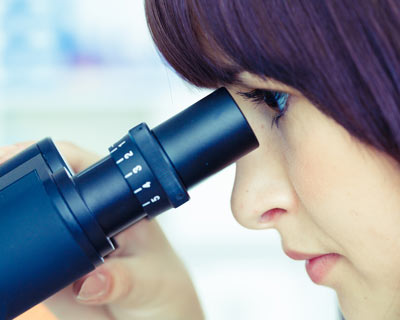From Aqueous to Zonules: Subspecialists Focus on Different Parts of the Eye
When you visit an ophthalmologist, you are seeing the only kind of doctor who is trained in all aspects of eye care. A comprehensive ophthalmologist (also known as a general ophthalmologist) can diagnose and treat eye diseases, perform eye surgery and prescribe and fit eyeglasses and contact lenses. Many comprehensive ophthalmologists have additional training to treat specific eye conditions, such as glaucoma or cataracts. But if your comprehensive ophthalmologist finds you have a condition that requires more specific care for a certain part of the eye, he or she will have you see a subspecialist.
More Training for More Focus
Subspecialists have intensive training in a particular area of the eye. To become subspecialists, ophthalmologists add a fellowship to their years of medical training. A fellowship prepares an ophthalmologist to treat more specific or complex conditions in certain parts of the eye or in certain types of patients. Fellowship-trained ophthalmologists have a total of 9 to 10 years of training after they finish college.

What Subspecialist Should You See?
If your comprehensive ophthalmologist decides you need to see a subspecialist for your condition, he or she may refer you to one for follow-up care.
Cornea
The cornea is the clear, dome-shaped covering in front of the iris and pupil. A cornea subspecialist diagnoses and manages corneal eye disease, including Fuchs’ dystrophy and keratoconus. Many cornea subspecialists also perform refractive surgery (such as LASIK), as well as corneal transplants. They also handle corneal trauma as well as complicated contact lens fittings.
Retina
The retina is the light-sensitive tissue lining the back of the eye. The macula is a small area of the retina responsible for your central, detail vision. A retina specialist diagnoses and manages retinal diseases, including macular degeneration and diabetic eye disease. They surgically repair torn and detached retinas and treat problems with the vitreous, the gel-like substance in the middle of the eyeball.
Glaucoma
Glaucoma is a disease that affects the optic nerve, which connects the eye to the brain. The most common types of glaucoma are related to high pressure in the eye. If fluid does not circulate inside the eye properly, pressure builds inside the eye and damages the optic nerve. Glaucoma subspecialists use medicine, laser and surgery to manage eye pressure.
Pediatrics
Pediatric ophthalmologists treat eye conditions in infants and children. They diagnose and treat misalignment of the eyes, uncorrected refractive errors and vision differences between the two eyes, as well as childhood eye diseases and other conditions. Strabismus specialists also treat adults with eyes that do not work properly together.
Oculoplastics
Oculoplastic surgeons repair damage to or problems with the eyelids, bones and other structures around the eyeball, and in the tear drainage system. They do medical injections around the eyes and face to improve the look and function of facial structures.
Neurology
Neuro-ophthalmologists take care of vision problems related to how the eyes interact with the brain, nerves and muscles. Among other conditions, they diagnose and treat optic nerve problems, various types of vision loss, double vision, abnormal eye movements, unequal pupil size, and eyelid abnormalities. Diseases which can cause these problems include strokes, brain tumors, multiple sclerosis, and thyroid eye disease.